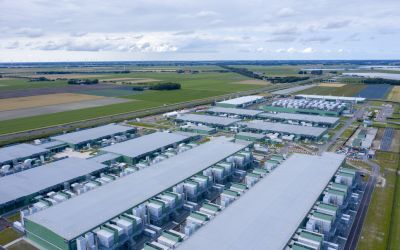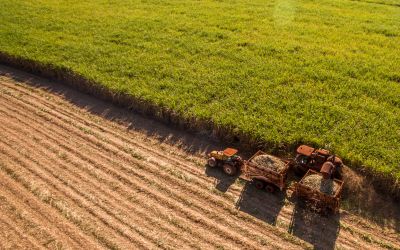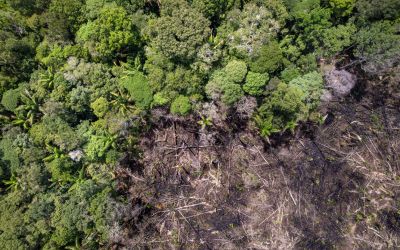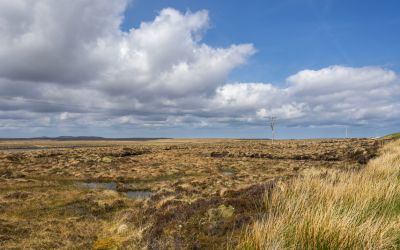Plant consumption rising steeply as populations grow and economies develop
New research by NASA has found that humans are consuming an increasing amount of the planet’s plant production.
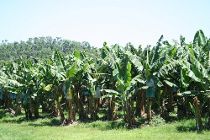
New research by NASA has found that humans are consuming an increasing amount of the planet's plant production.
The research showed that as the human population increases and modern societies develop, the rate of plant consumption is increasing both in total and per capita. This is because plants are used for paper, clothing, livestock feed, firewood, biofuels and building and packaging materials, as well as food.
The research was started by NASA in 2004, when a group led by Marc Imhoff, a scientist at NASA's Goddard Space Flight Centre, found out that in 1995 humans consumed 20 per cent of all land plant material produced that year.
The same line of research produced a record of global plant production from 1982 to 2007, concluding that from 1995 to 2005, human consumption of land plants rose from 20 per cent to 25 per cent of the total plant production of each year.
Plant production itself varies from year to year, depending on the weather, whereas demand trends are either steady or increasing. The research group's plant production data was provided by NASA satellite instruments, whereas the consumption data was provided by the UN Food and Agriculture Organisation.
During an interview with Science Daily yesterday (15th December 2010), Imhoff mentioned that scientists think this is a significant rise, although part of the challenge of the research is determining the impacts of rising consumption.
"The question is, 'How hard are we pushing the land?"' said Imhoff. "People are wary about that [global consumption] percentage creeping up. Most people consider that a high number, although we're still doing research."
The findings also showed that the average person in North America consumed six tons of plant-based carbon each year, whilst Southeast Asia consumed two tons per year.
If every person in the world were, in the coming decades, to reach current North American levels, humans would consume around 50 per cent of all plants grown each year.
"We've always looked at population and consumption as separate issues," Imhoff said, "Right now we are increasing both total population and per capita consumption. What we're releasing is the biosphere doesn't care whether you have a lot of people consuming a little or a few people consuming a lot. It's the total rate that matters. And that rate is increasing."
Increased consumption in some regions, such as India, was due to population growth. In other places, like China, economic growth accounted for increased consumption per capita, as well as total consumption.
However, Imhoff did say that the research did not point to a scenario where demand for plants could exceed supply. He concluded by sounding a warning about the rising demand for plant material. "We've gone from 20 per cent demand to about 25 per cent demand in 10 years. People worry about that percentage. If, in future scenarios, it's going to go up something like 50 per cent, we're looking at a very high demand for land management to maximise productivity at all levels on the landscape and at the expense of all other uses, for example, carbon sequestration, habitat, or water storage."
The new findings are being presented at the American Geophysical Union's meeting in San Francisco, CA, on 17th December 2010.
Author: Leroy Robinson | Climate Action
Image: melalouise | Flickr

